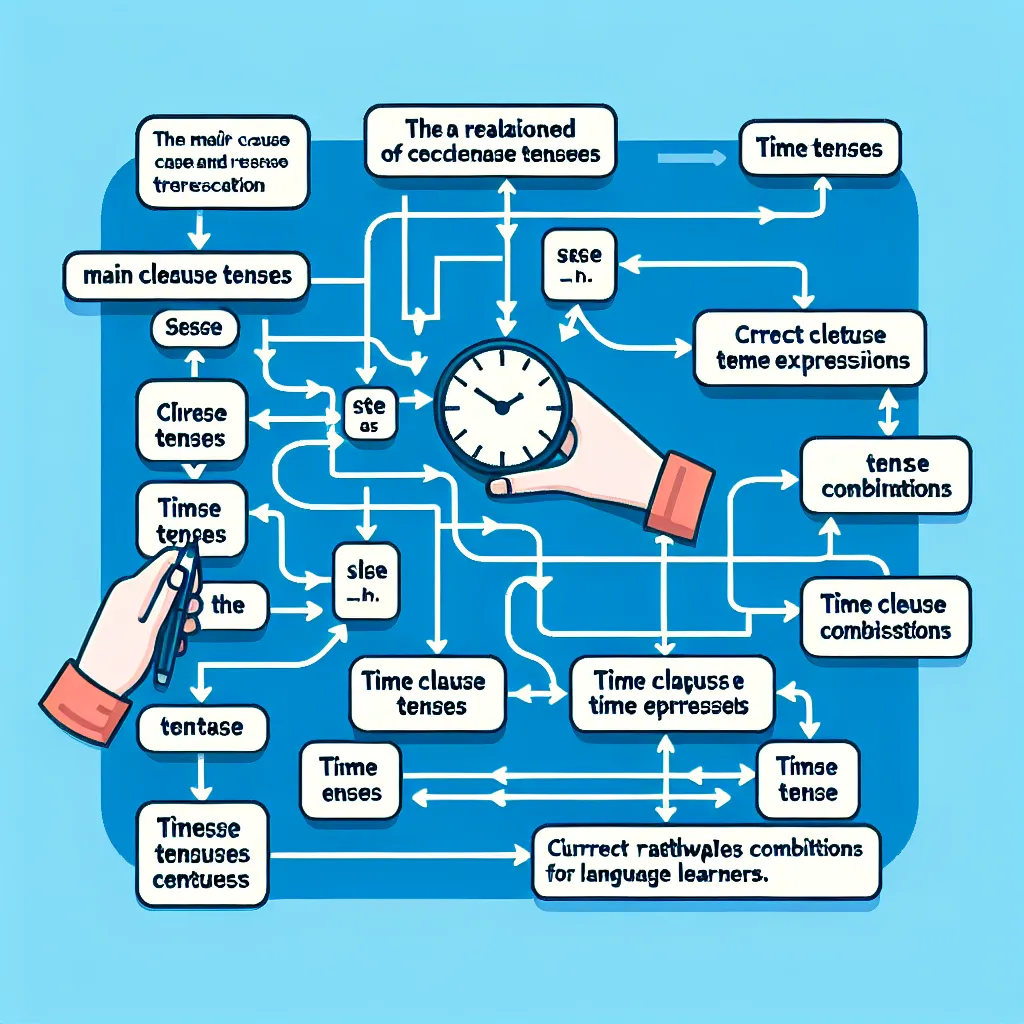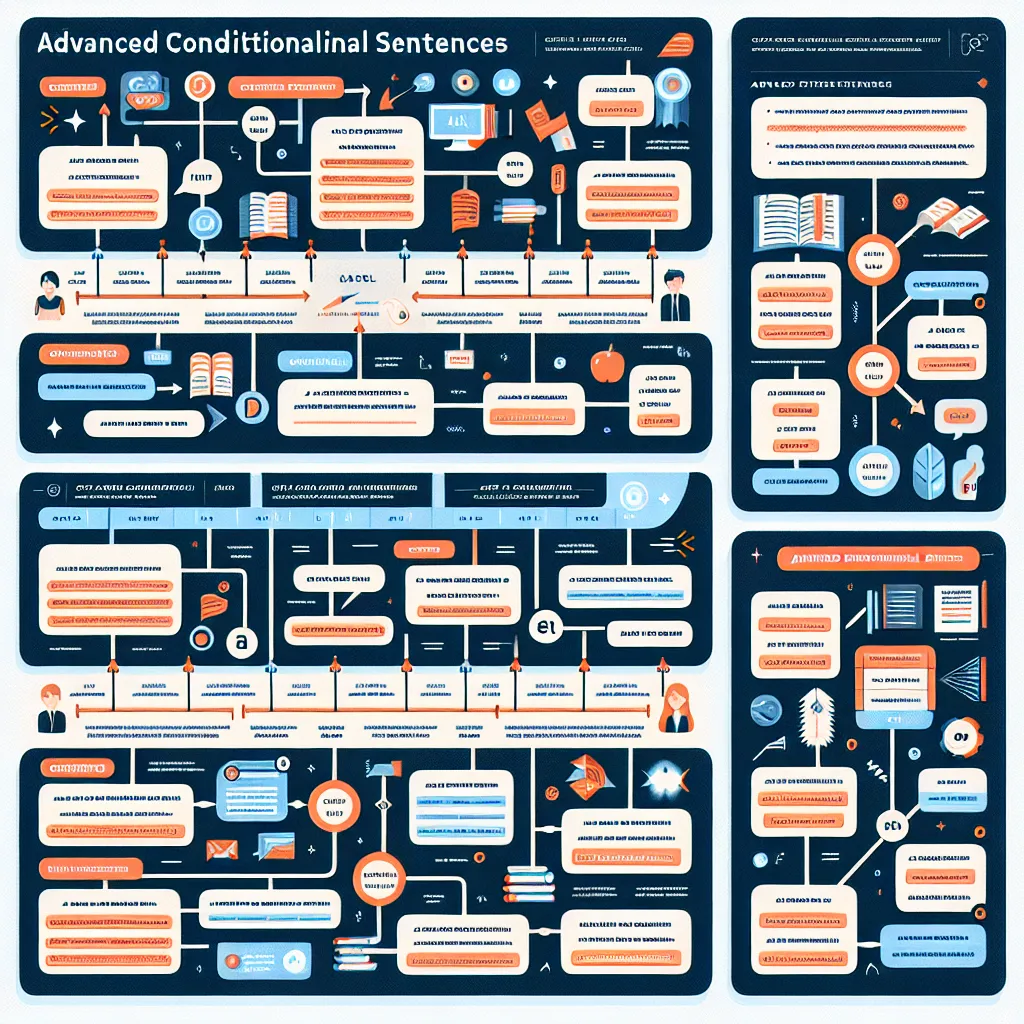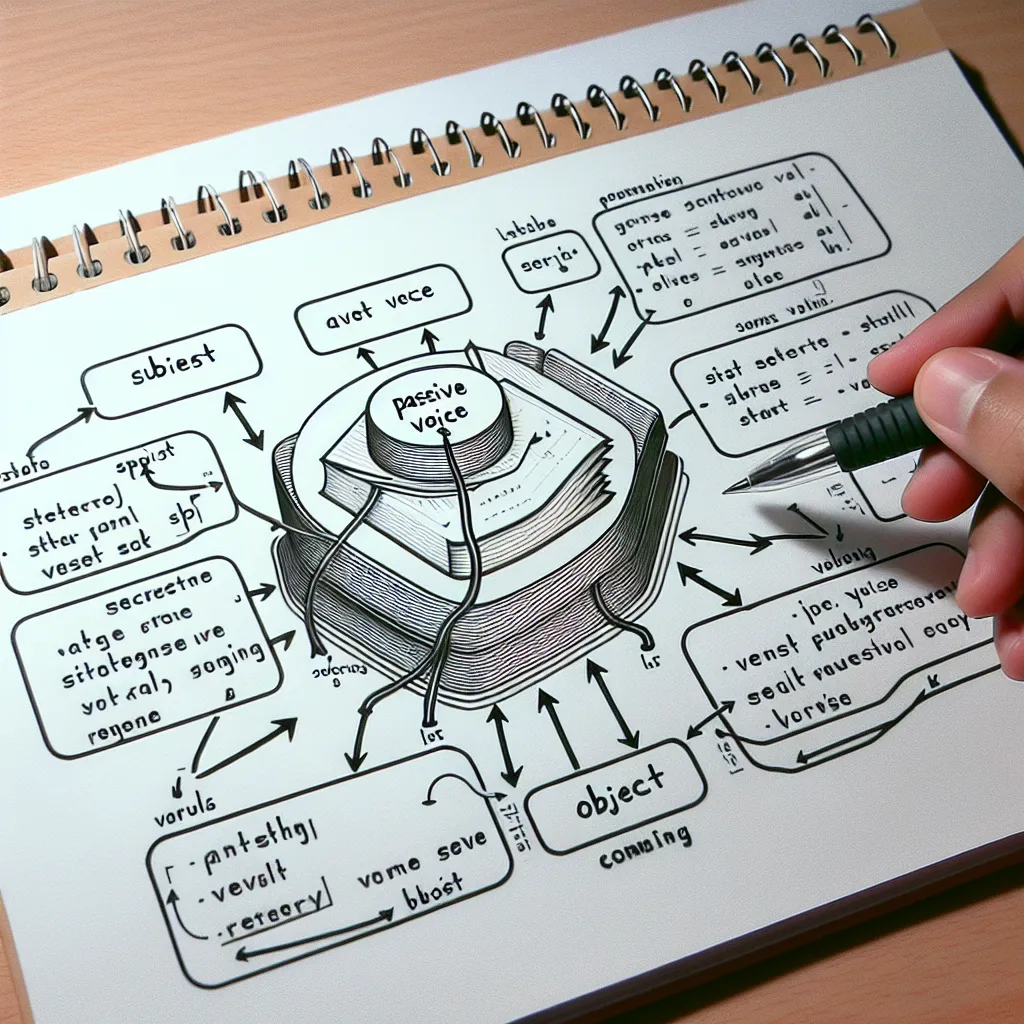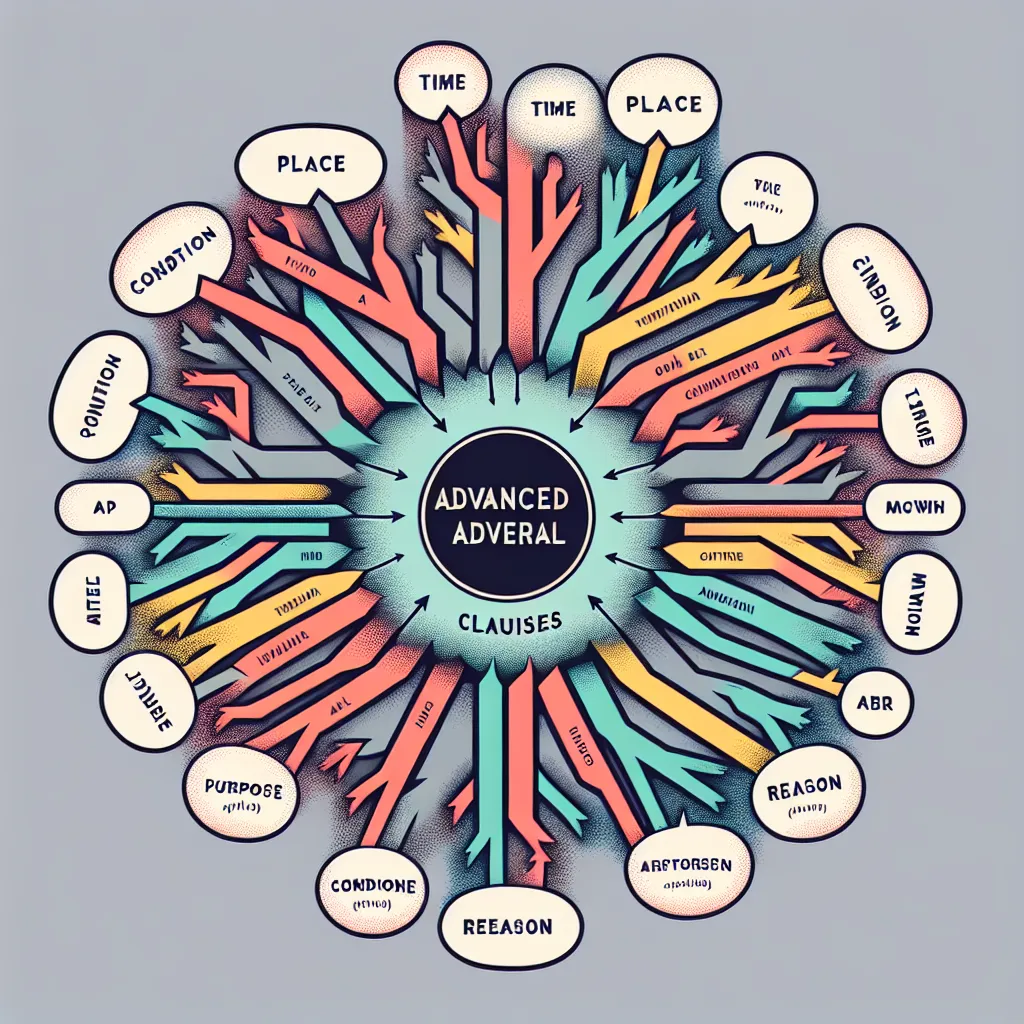Time clauses are essential components of English grammar that help express the relationship between different events in time. Advanced time clauses allow for more nuanced and sophisticated expression of temporal relationships. This guide will explore How To Use Advanced Time Clauses effectively, providing examples and practical tips for learners at all levels.
Understanding Advanced Time Clauses
Advanced time clauses go beyond simple temporal relationships and allow for more complex expressions of time. They are crucial for expressing nuanced ideas in both spoken and written English, particularly in academic and professional contexts.
Why Are Advanced Time Clauses Important?
Advanced time clauses are vital for several reasons:
- They allow for precise expression of complex temporal relationships.
- They enhance the sophistication of your language, which is crucial for advanced English proficiency.
- They are frequently used in academic writing, literature, and professional communication.
 Advanced Time Clauses Diagram
Advanced Time Clauses Diagram
Types of Advanced Time Clauses
Let’s explore some of the most common types of advanced time clauses and how to use them effectively.
1. By the time
“By the time” is used to indicate that one action or situation will be completed before another action or situation begins.
Example:
- By the time we arrive at the airport, our flight will have already departed.
Usage tip: “By the time” is often used with future perfect or past perfect tenses to emphasize the completion of one action before another.
2. No sooner… than
This structure is used to emphasize the immediacy between two actions, with one happening immediately after the other.
Example:
- No sooner had we left the house than it started to rain.
Usage tip: “No sooner… than” requires subject-verb inversion in the “no sooner” clause.
3. Hardly/Scarcely/Barely… when
Similar to “no sooner… than,” these structures emphasize the quick succession of events.
Example:
- Hardly had I closed my eyes when the phone rang.
Usage tip: Like “no sooner… than,” these structures also require subject-verb inversion in the first clause.
4. The moment/instant/second
These phrases are used to indicate immediate succession of events, similar to “as soon as” but with more emphasis on immediacy.
Example:
- The moment I saw her, I knew something was wrong.
Usage tip: These phrases can be used at the beginning or in the middle of a sentence without changing the meaning.
Advanced Time Clauses in Different Tenses
Understanding how to use advanced time clauses with different tenses is crucial for mastering their usage.
Present and Future Tenses
When using advanced time clauses to talk about the present or future, pay attention to the tense agreement:
- By the time I finish this project, I will have worked on it for three months.
- The instant the bell rings, the students will rush out of the classroom.
Past Tenses
For past events, the past perfect is often used in the time clause:
- No sooner had we arrived at the party than it started to rain.
- Scarcely had I fallen asleep when a loud noise woke me up.
 Time Clause Tense Agreement
Time Clause Tense Agreement
Common Mistakes and How to Avoid Them
When using advanced time clauses, learners often encounter certain challenges. Here are some common mistakes and tips to avoid them:
-
Incorrect subject-verb inversion:
- Incorrect: No sooner I had arrived than the meeting started.
- Correct: No sooner had I arrived than the meeting started.
-
Misuse of tenses:
- Incorrect: By the time I will arrive, the movie will start.
- Correct: By the time I arrive, the movie will have started.
-
Confusion with word order:
- Incorrect: The moment when I saw her, I knew something was wrong.
- Correct: The moment I saw her, I knew something was wrong.
Tip: Practice these structures regularly and pay close attention to example sentences in authentic materials.
Practical Exercises
To solidify your understanding of advanced time clauses, try these exercises:
-
Fill in the blanks with the correct form of the verbs:
- By the time we (reach) the theatre, the play (start).
-
Rewrite the sentences using the given structure:
- She opened the door. Immediately after, the cat ran out. (No sooner… than)
-
Correct the errors in these sentences:
- Hardly I had sat down when my phone rang.
- By the time we will arrive, they will leave.
For more practice on advanced grammar structures, including contrast clauses and conjunctions, check out our articles on how to use advanced contrast clauses and mastering advanced conjunctions.
Conclusion
Mastering advanced time clauses is a significant step towards achieving fluency and sophistication in English. By understanding the nuances of these structures and practicing their usage in various contexts, you can enhance your ability to express complex temporal relationships accurately and effectively. Remember to pay attention to tense agreement, word order, and the specific requirements of each structure. With consistent practice and exposure to authentic materials, you’ll find yourself using these advanced time clauses naturally in your own speech and writing.
Continue to challenge yourself by incorporating these structures into your daily English use, and don’t hesitate to refer back to this guide as needed. For further improvement in your advanced grammar skills, explore our article on how to master the use of advanced syntax in reports.




